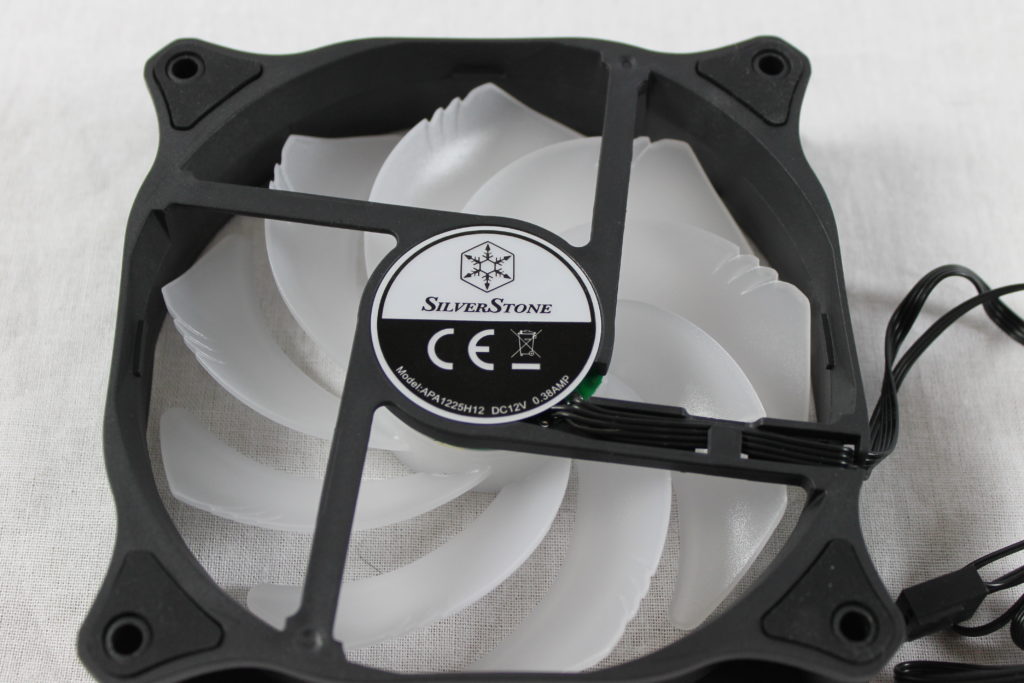Introduction
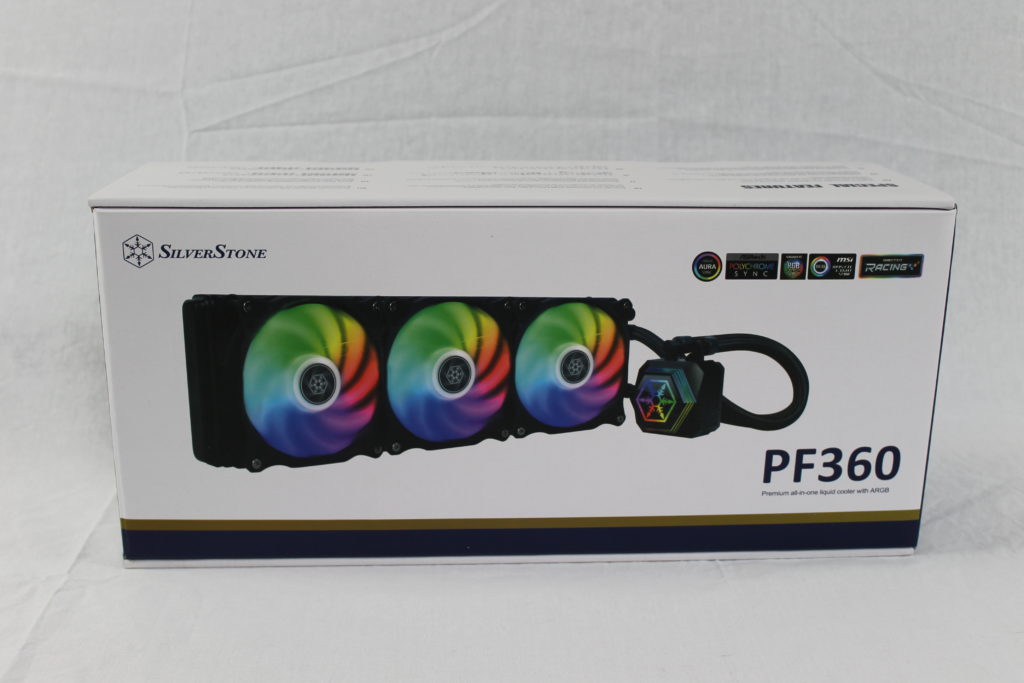
Today marks the second review that we will be using our new AIO test platform that is capable of putting out enough heat to make even the devil sweat. We do this to test AIO liquid cooling solutions that we are likely to use with some of today’s most demanding CPUs. So, on the bench today is the SilverStone PF360-ARGB (SST-PF360-ARGB) liquid cooler which is currently the most capable cooler in SilverStone’s Permafrost line.
SilverStone PF360-ARGB Overview

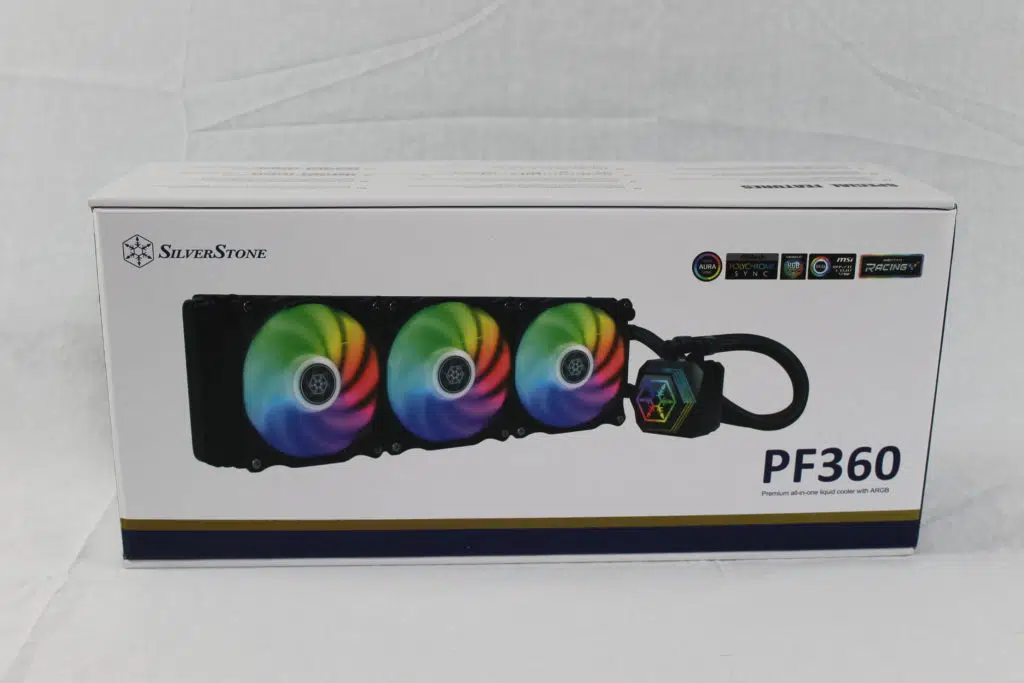
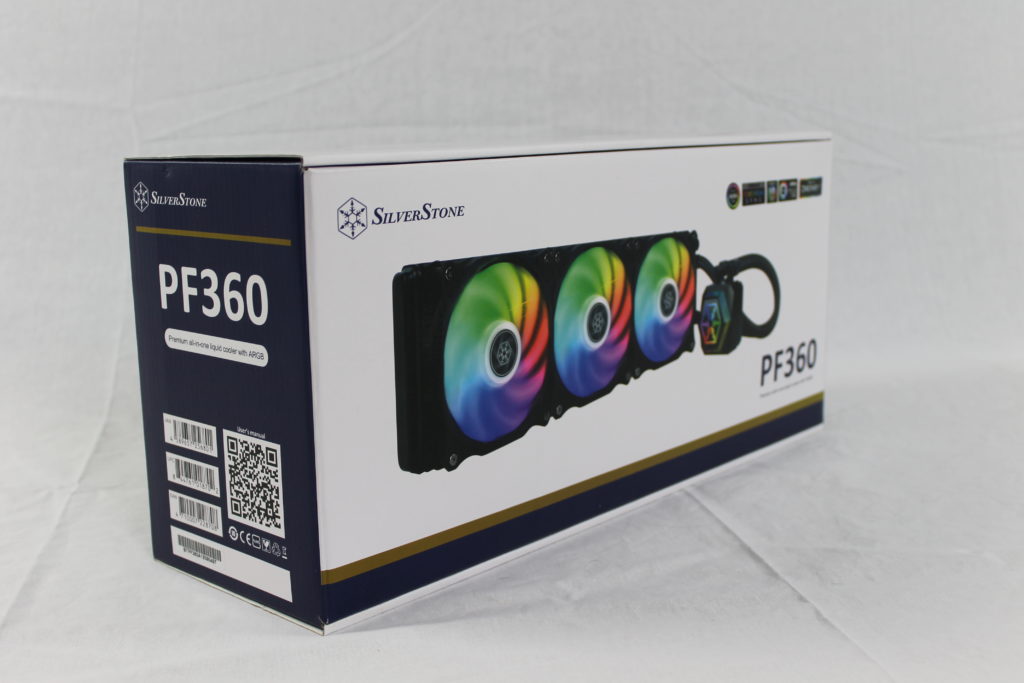

The SilverStone PF360-ARGB AIO cooler is an all in one CPU cooler that is designed to work on a wide variety of sockets, including Intel’s LGA 775/115X/1200/1366/2011/2066 and AMD’s AM2/AM3/AM4/FM1/FM2. While this covers most high-end desktop processors, it is not compatible with the Threadripper’s TR4 socket. The tubes connecting the water block to the radiator measure 400mm much as we saw with our previous Enermax LIQTECH II 360mm unit.
RGB Water Block
The water block features a multi chamber design that helps isolate hot and cold liquid channels. These channels in the water block are 0.2mm each, which helps distribute coolant flow and increase heat dissipation, and are paired with a copper base.
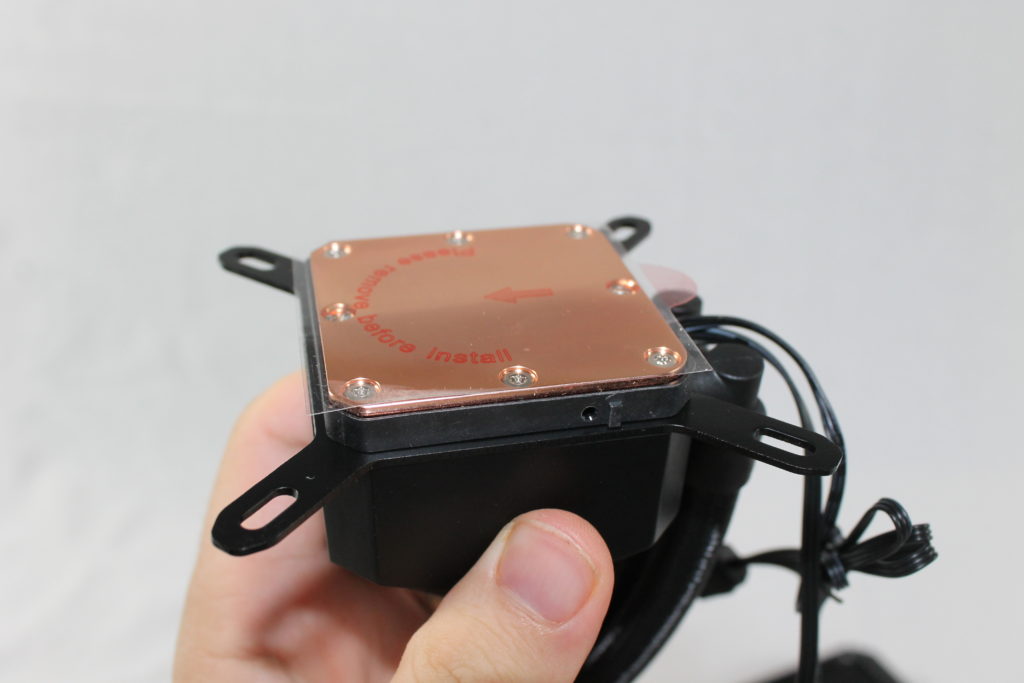
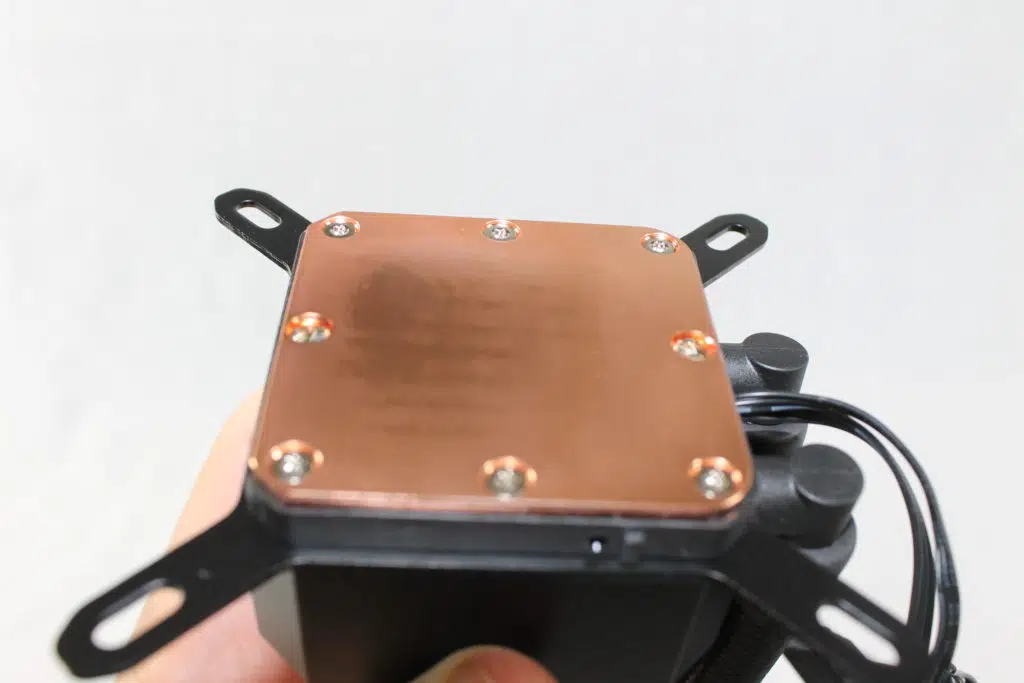
The cube-shaped water block includes the pump and measures approximately 61 mm x 61 mm x 50 mm. Making it significantly smaller than the one on the Enermax LIQTECH II 360 we recently reviewed.
Pump


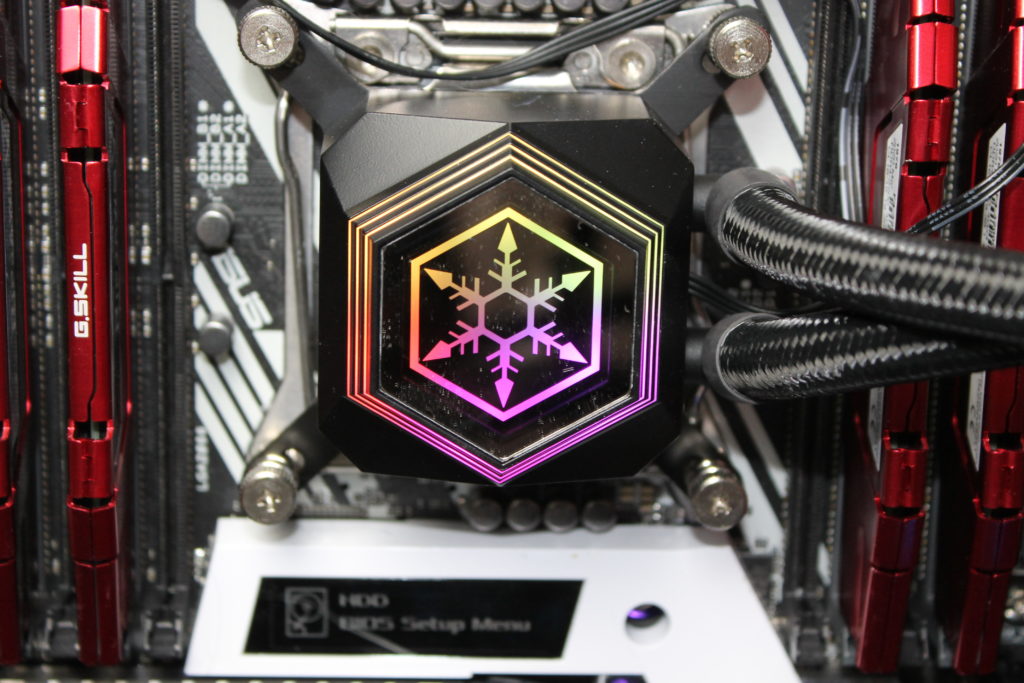
The pump used with the PF360-RGB is a multi-chamber design motor that utilizes a three-phase, six-pole design, and an “automotive” grade sine wave generator to drive the pump and ensure maximum performance. This design is supposed to result in excellent electrical noise with geometry optimized pole design for smoother vibration reduction along with providing excellent durability and the lowest possible noise. The pump also prevents heat bleeding and sports a motor speed of 3,400 RPM (+/-10%).
Radiator
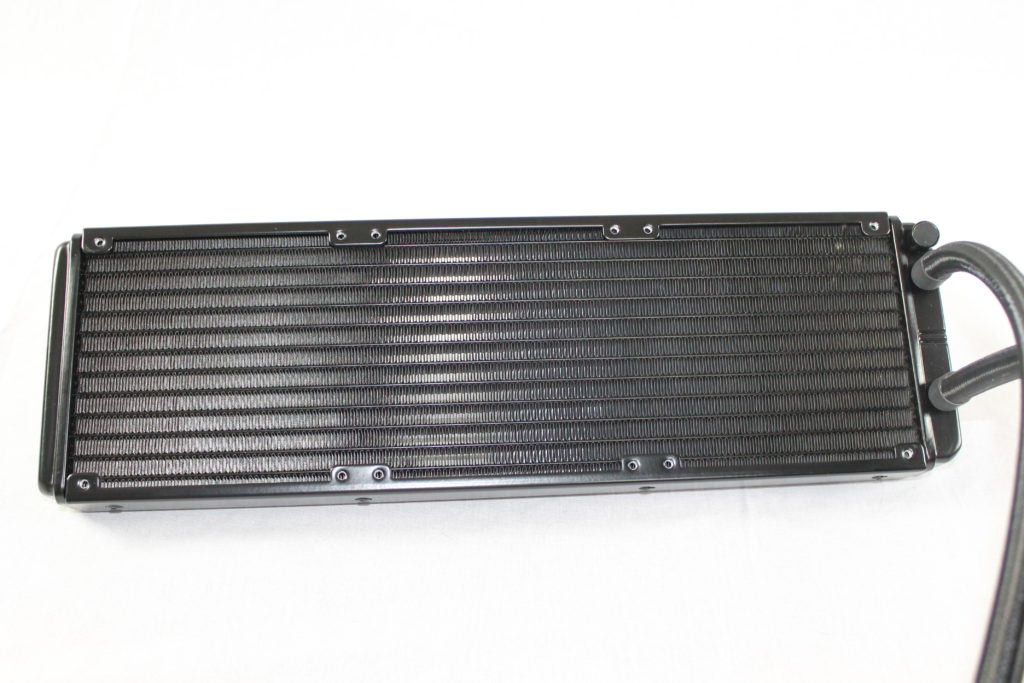
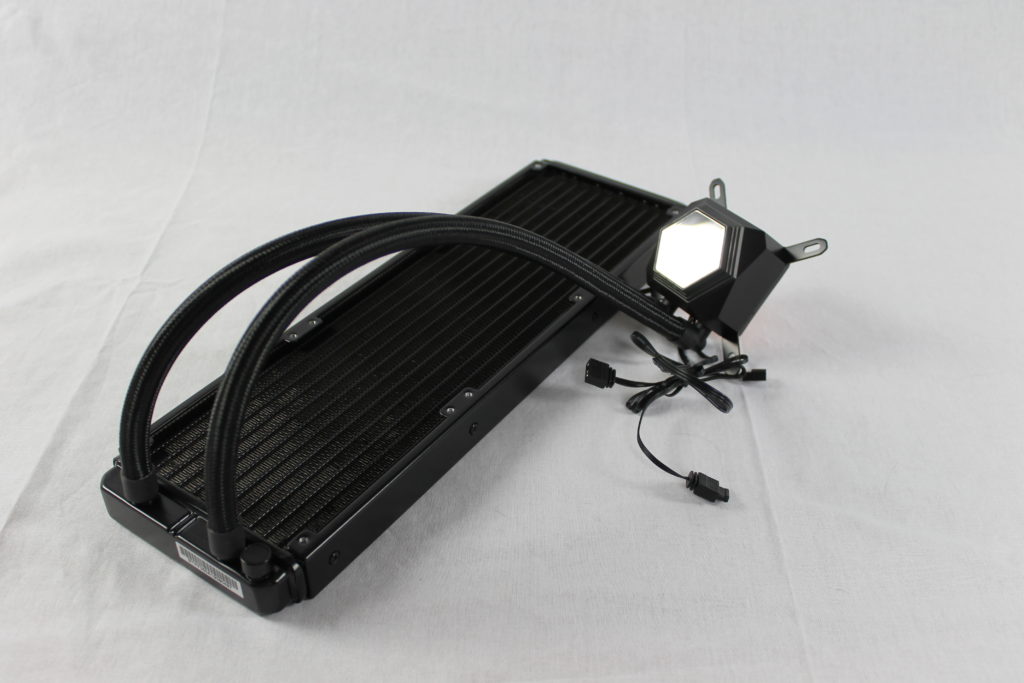
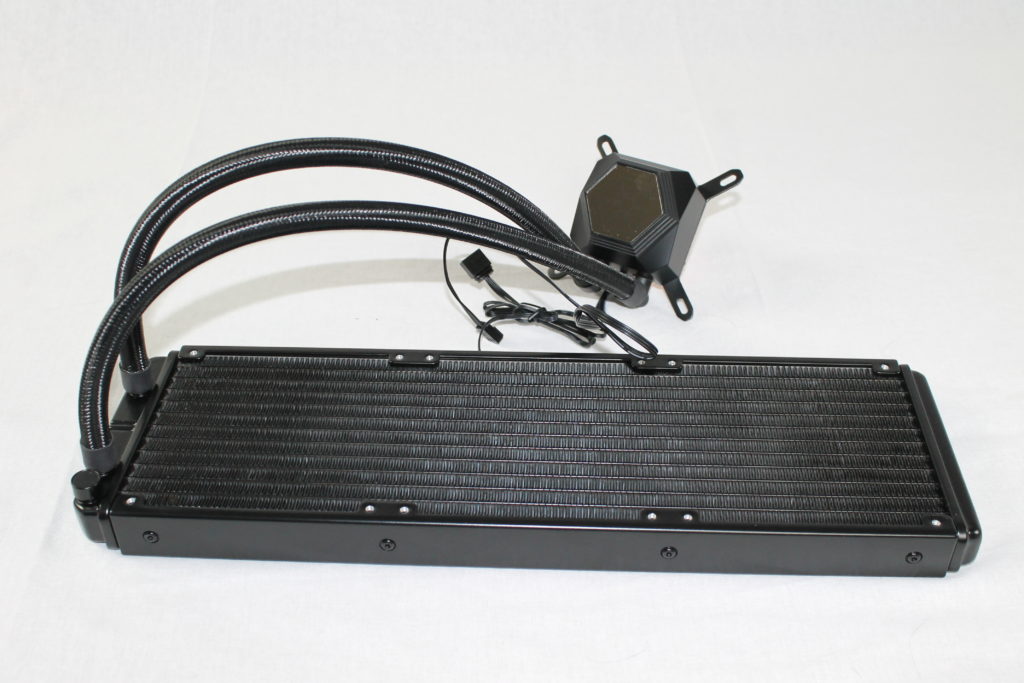
The radiator is designed to hold three 120mm fans and measures 394 mm x 120 mm x 28 mm and is an “automotive design” which, per SilverStone’s advertising, means it will be greatly resistant to corrosion and harsh chemicals. By our count, the aluminum radiator sports a density of 21 fins per inch.
Fans

The included APA1225H12 fans are, in fact, SilverStone’s standard-sized 9 bladed Air Blazer 120mm PWM fans that have a hydro bearing design and are rated for a lifetime of 40,000 hours. The hydro bearing equipped Air Blazers to support a fan speed of 600 to 2,200 (+/-10%) RPM at a reported noise level of 7.4 to 35.6 dB(A). The stated airflow is 25.62 to 93.97 CFM with a static pressure of 0.26 to 3.53 mm H2O. The fans also have rubber pads on the corners to reduce vibration. The design of the blades that suppress air has unique ribbed edge fan blades.
RGB
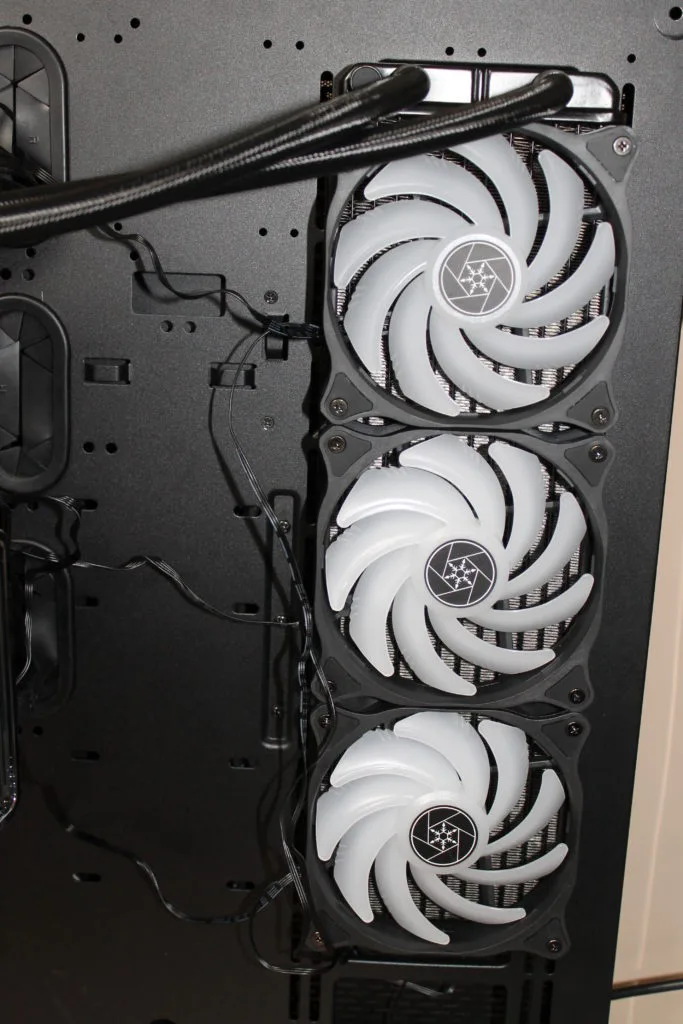
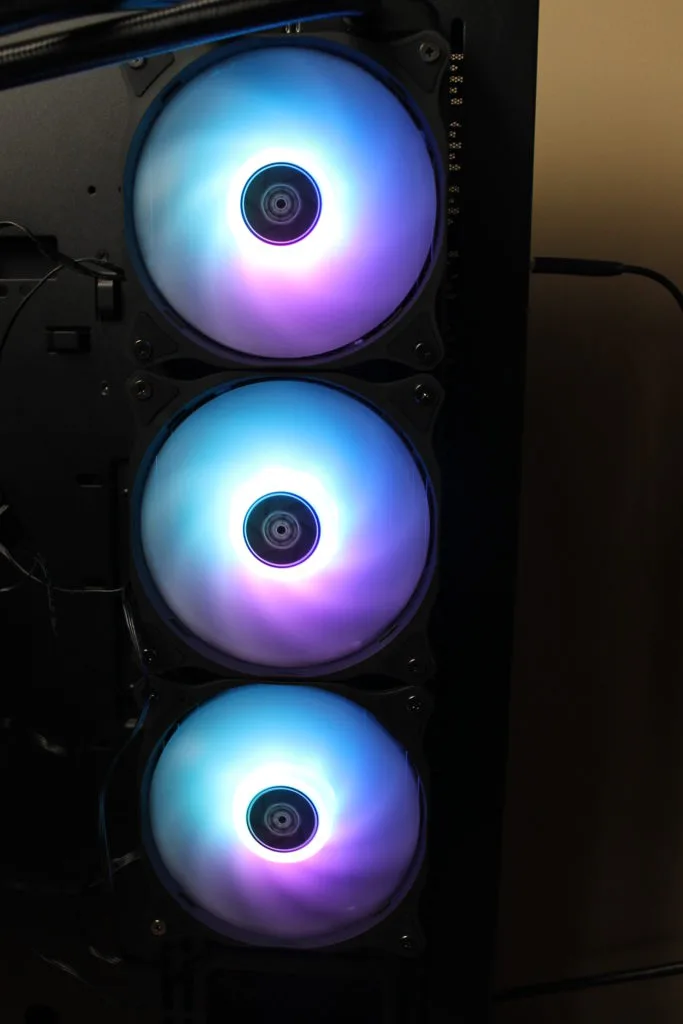
There is an addressable RGB (ARGB lighting) water block as well as fans included with the PF360-RGB today. The RGB connectivity is provided through a 3 pin ARGB (5V/Data/Ground) connector and is compatible with most motherboards that have controllable RGB lighting baked in (such as ASUS, AsRock, MSI and ASROCK). However, SilverStone also includes a basic controller in the box for folks that do not have RGB capabilities built into their system. Though, this should be thought of as a fallback option and not your primary means of running your RGB light show.
Let’s move on now to our test setup and installation of the SilverStone PF360-RGB.



